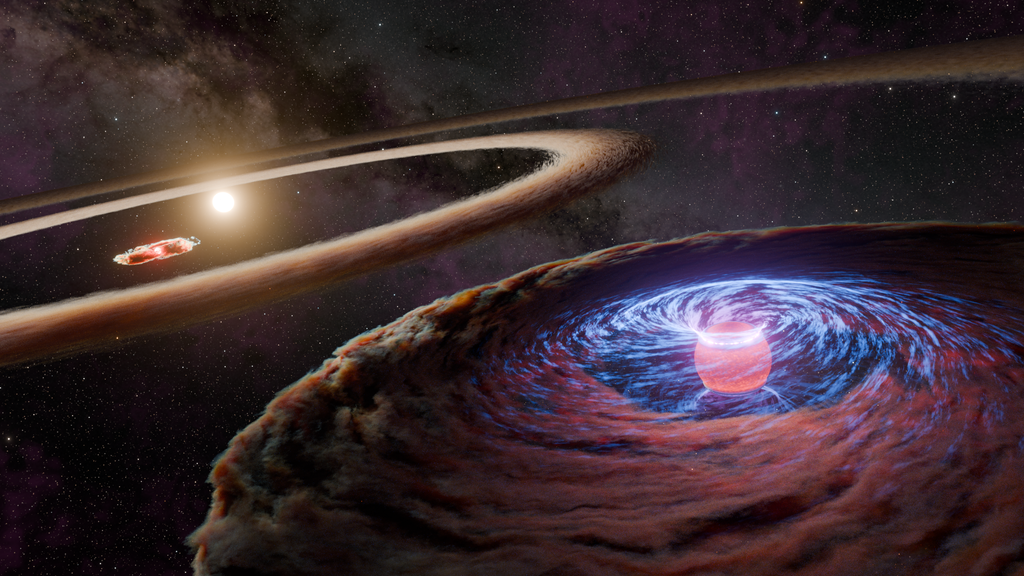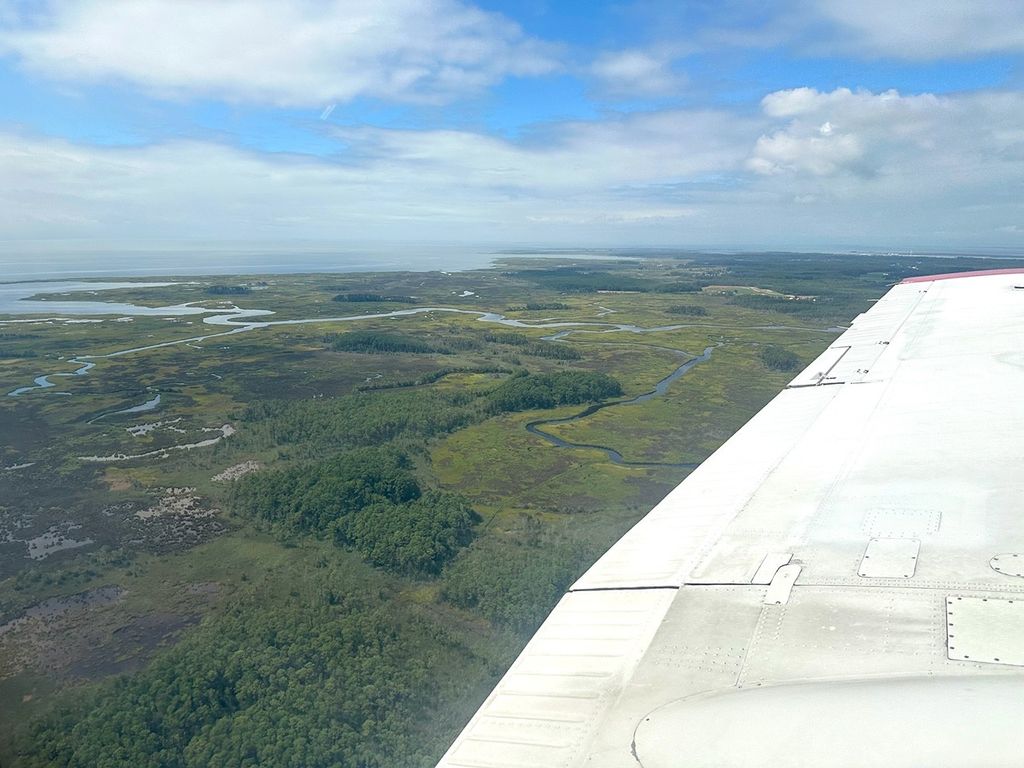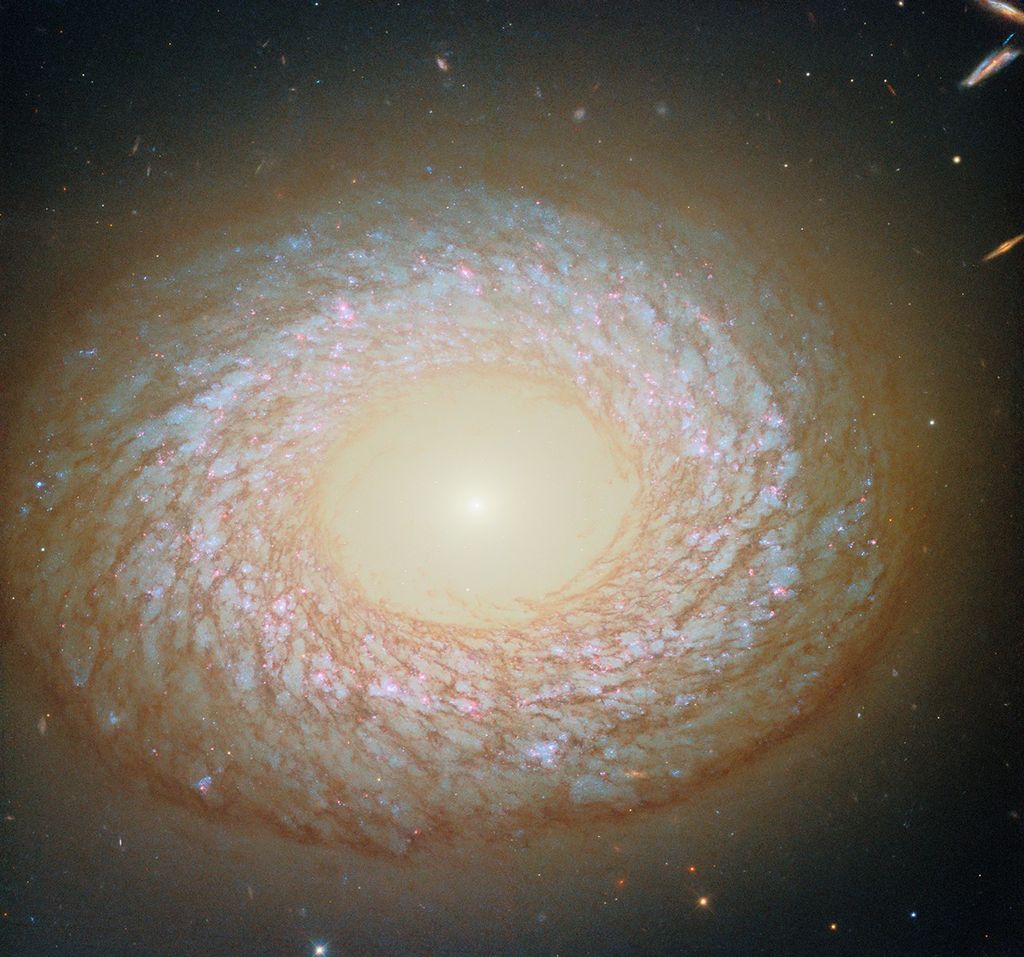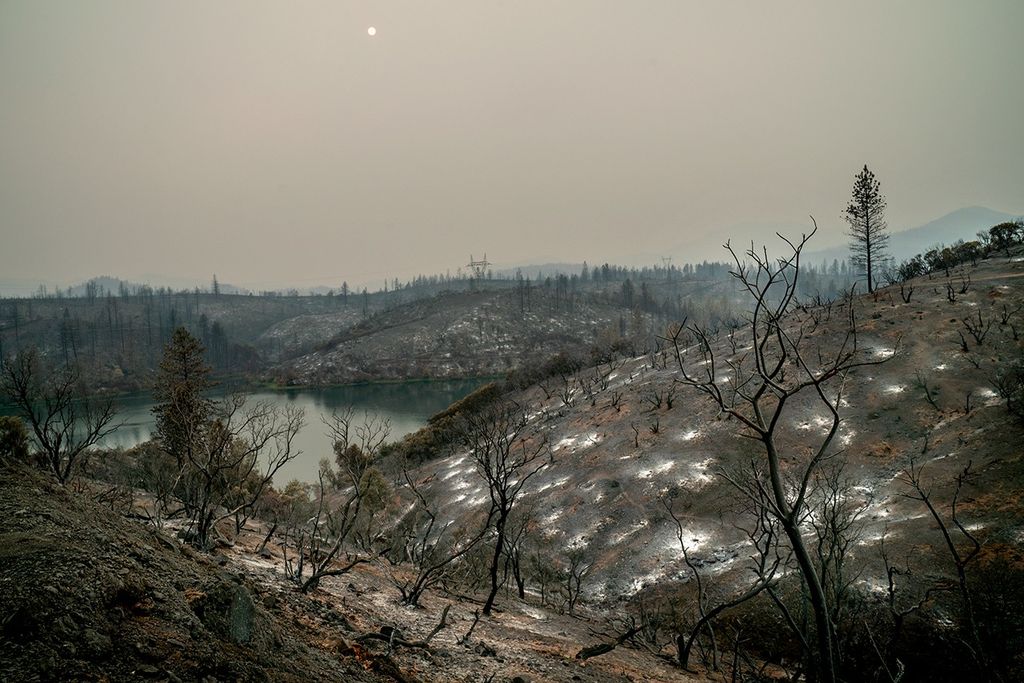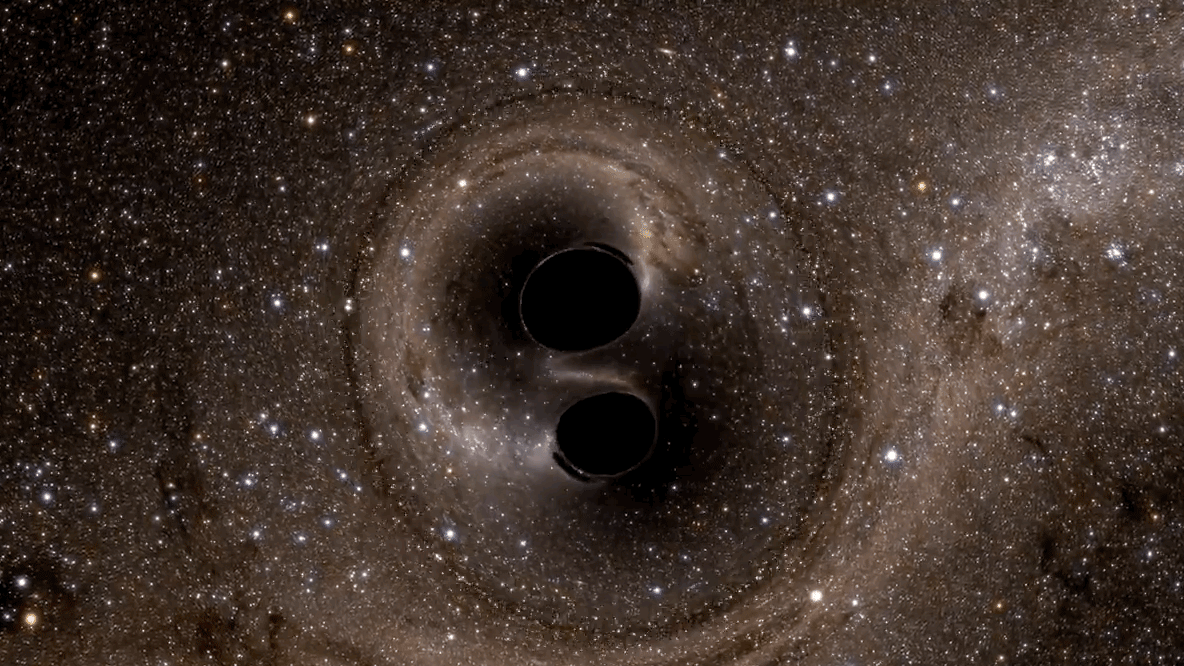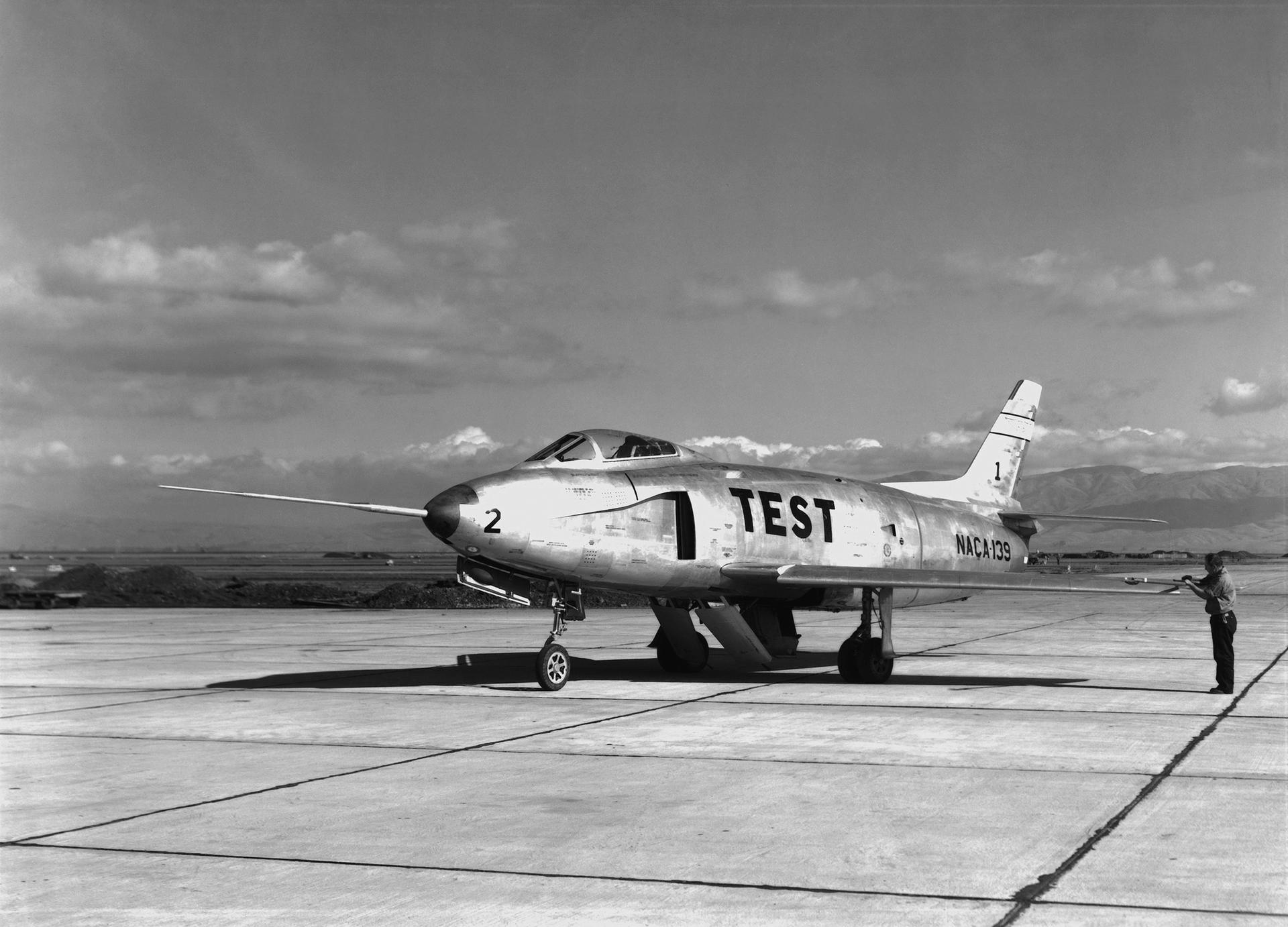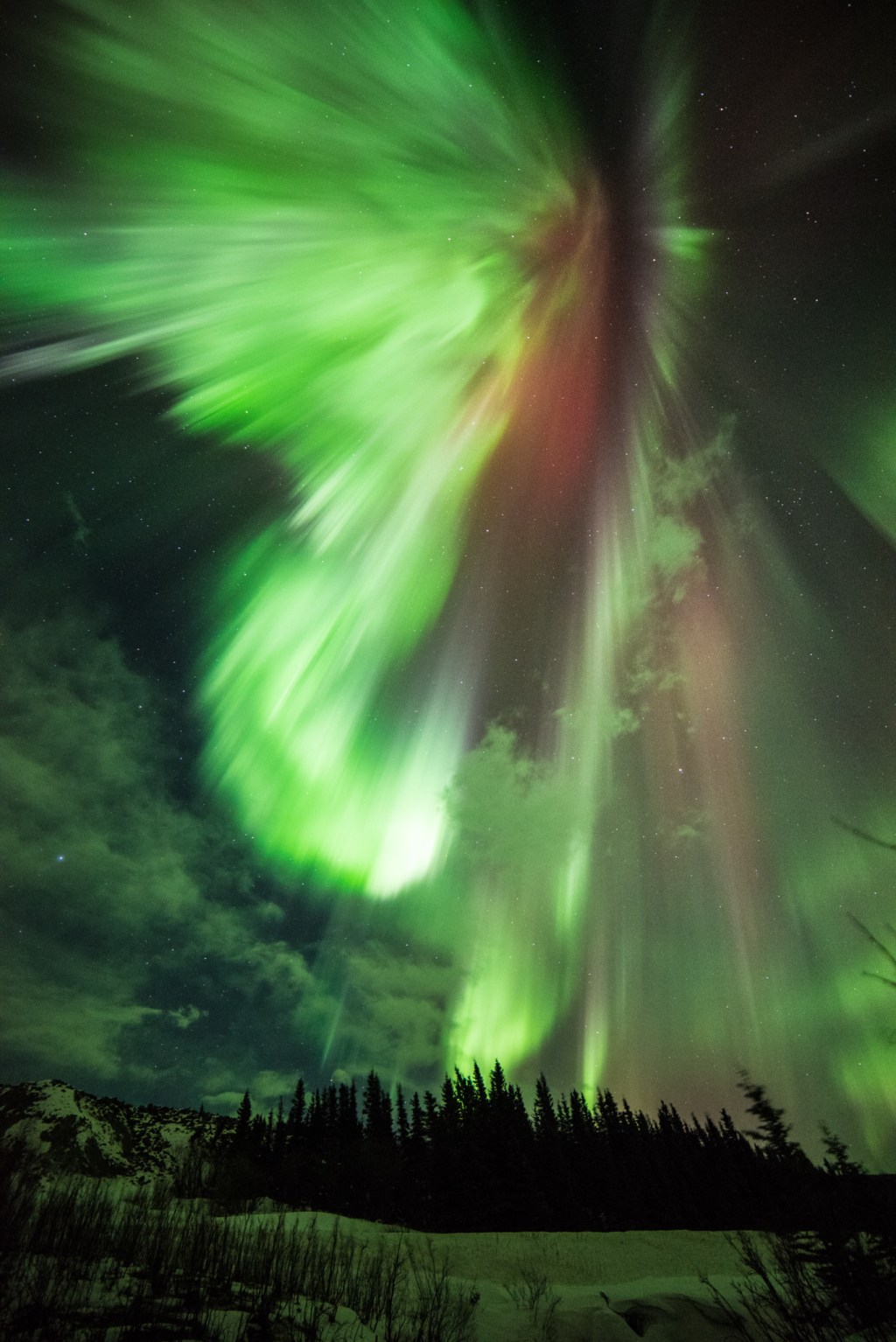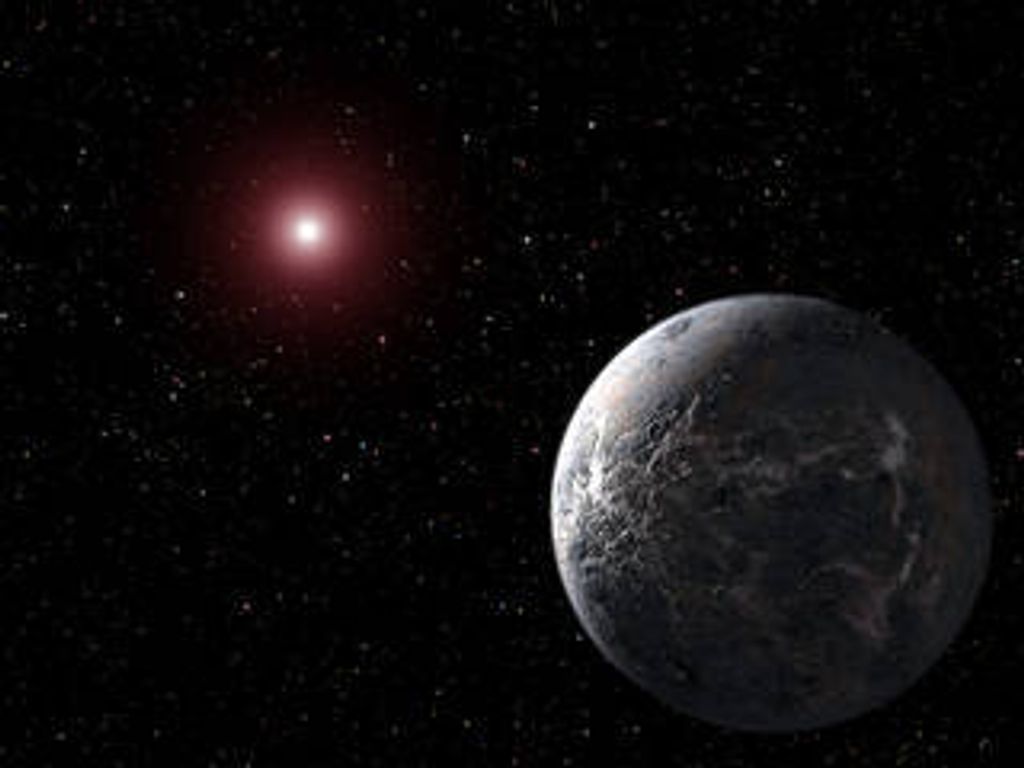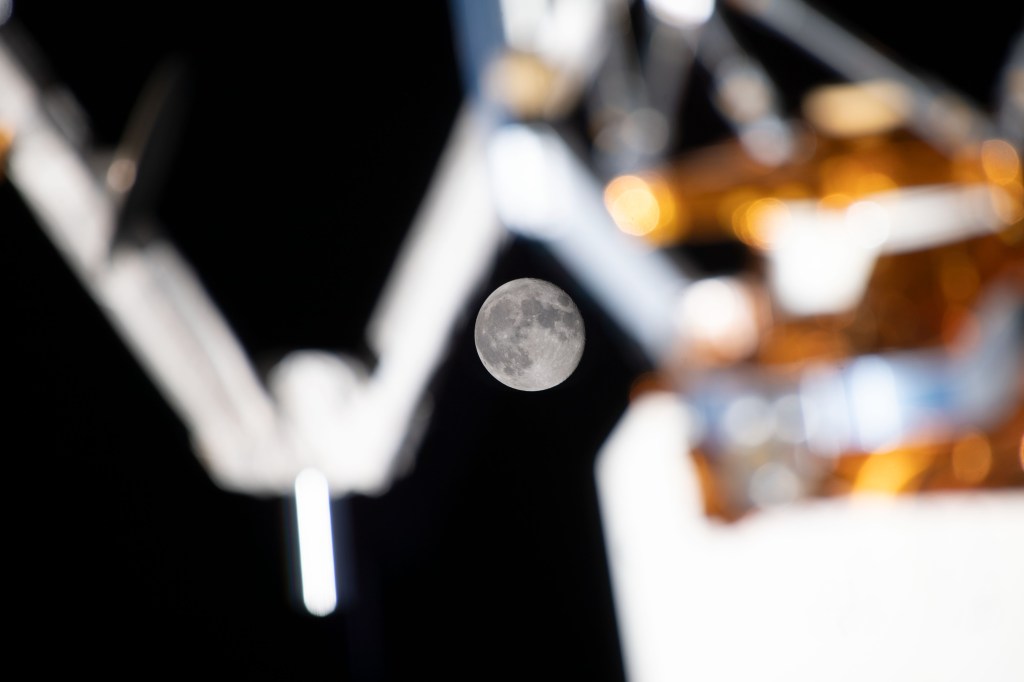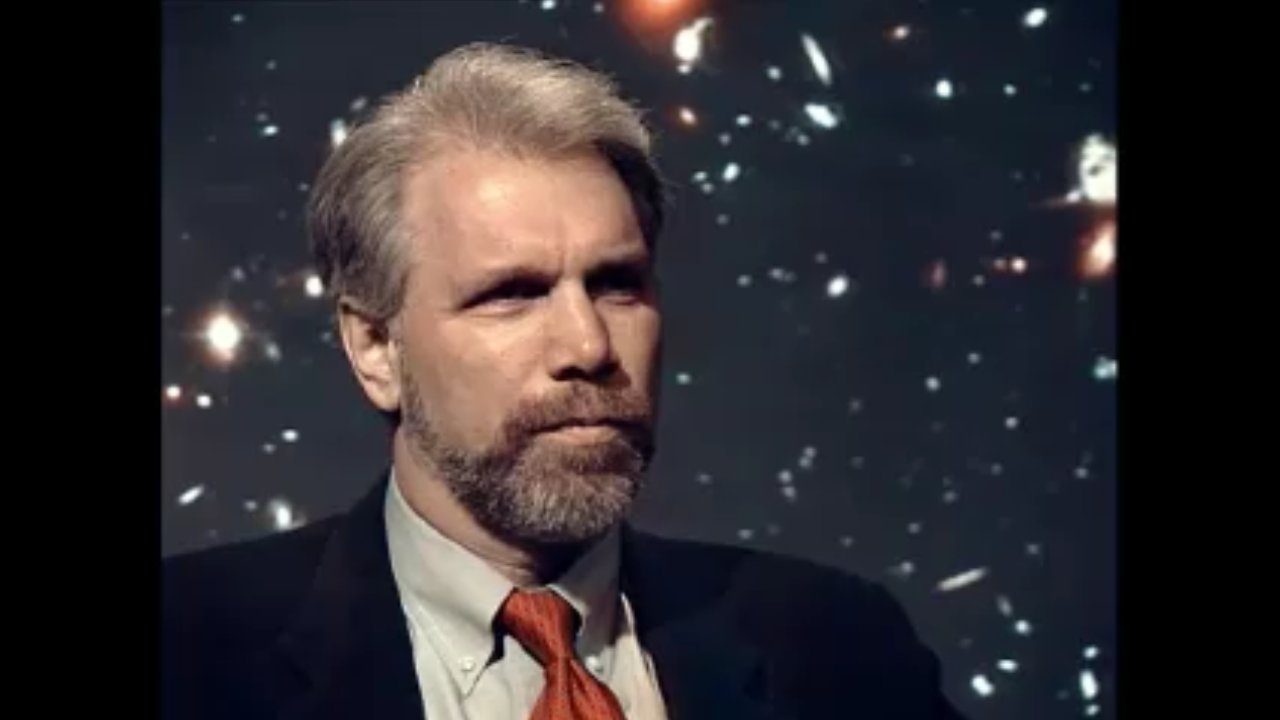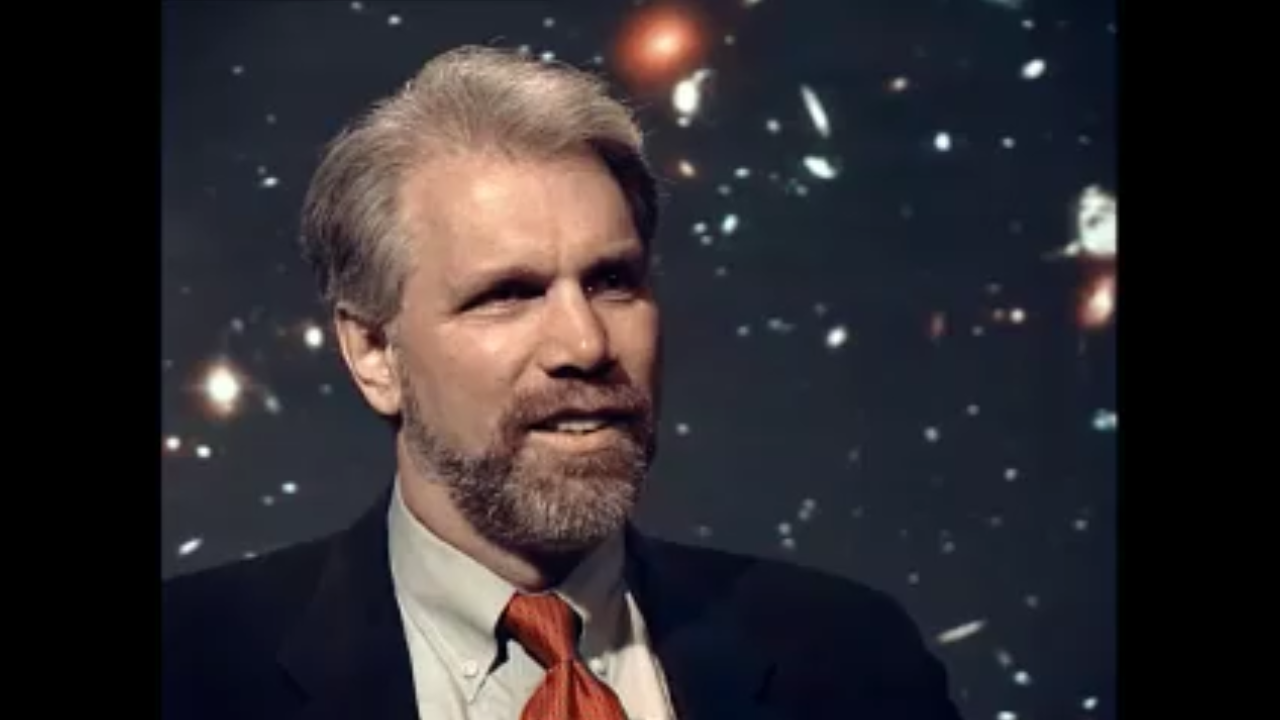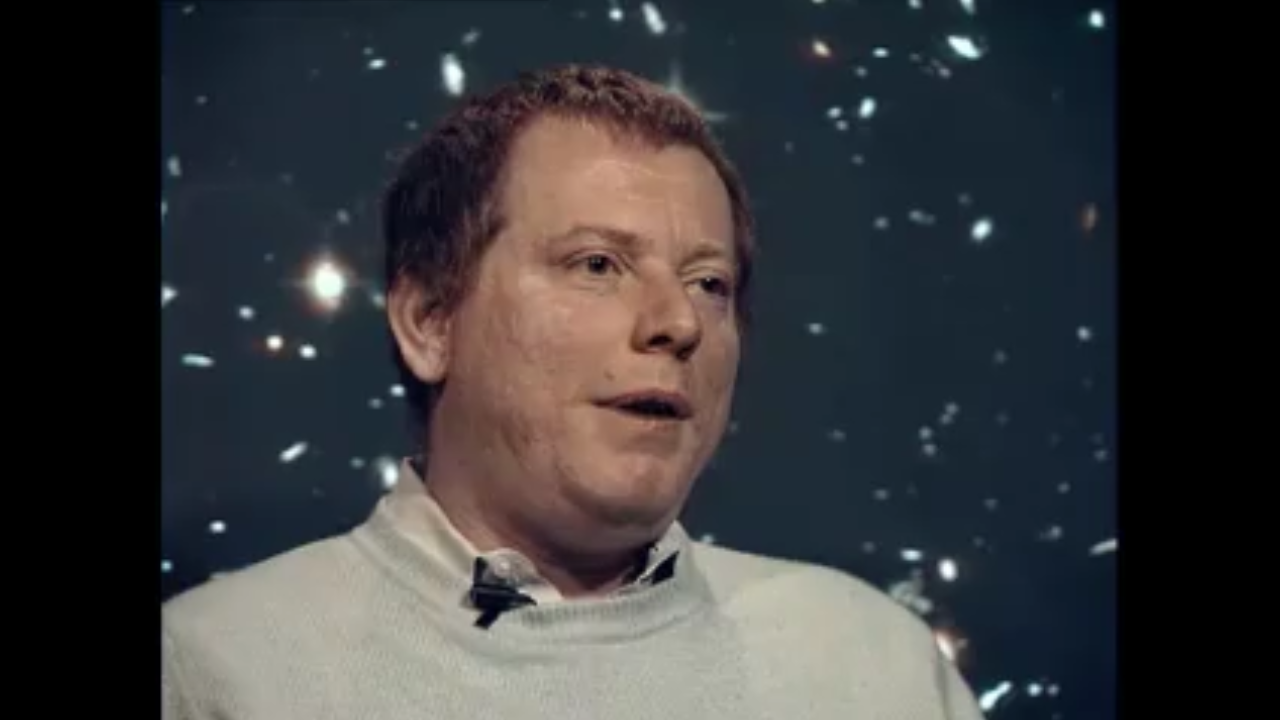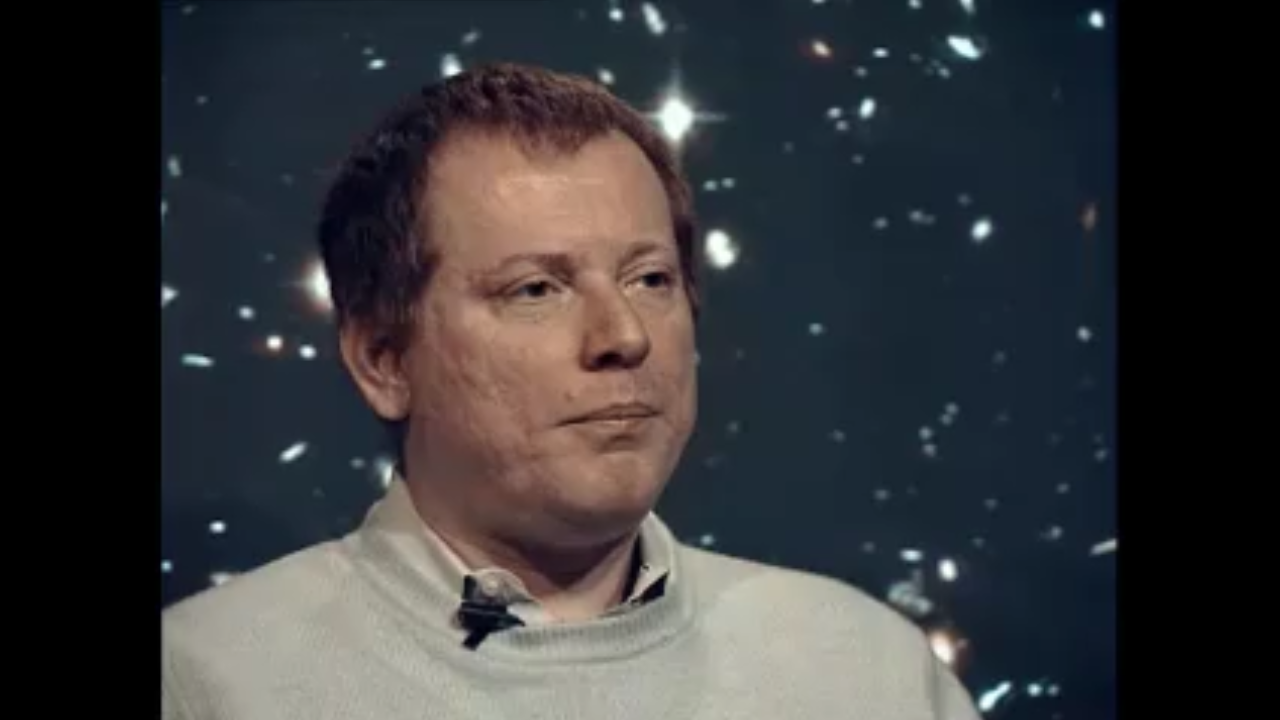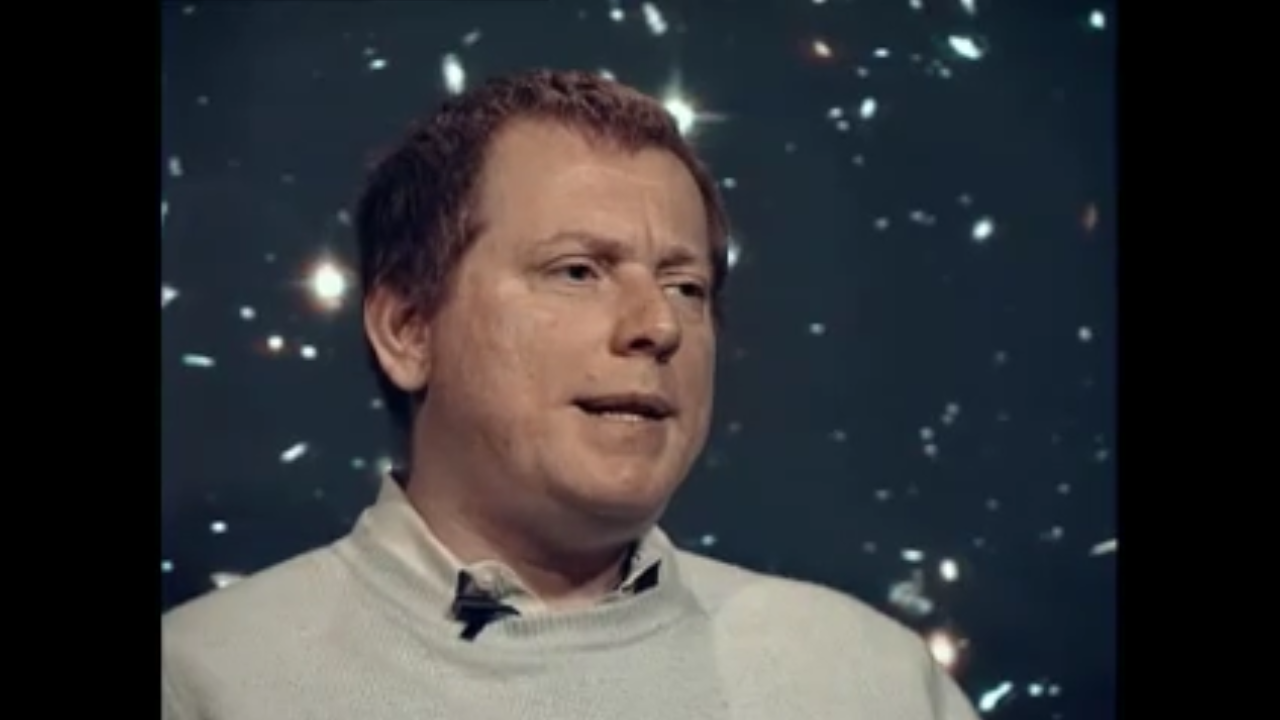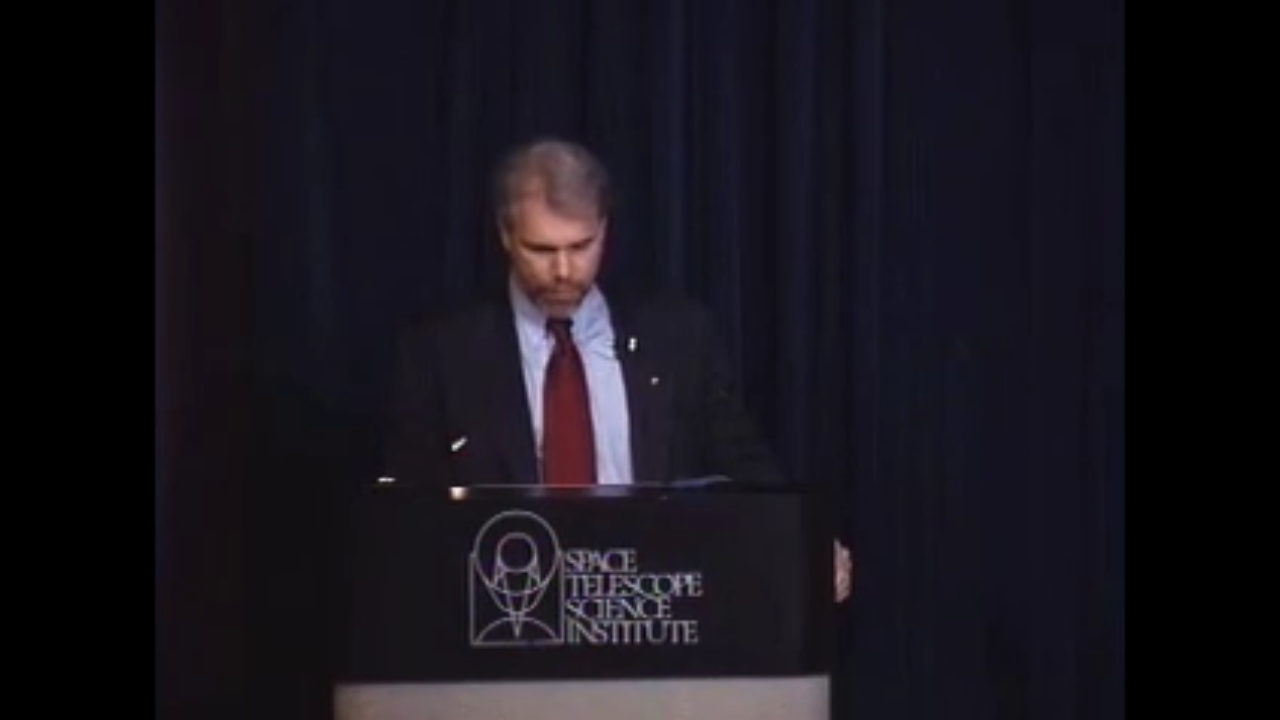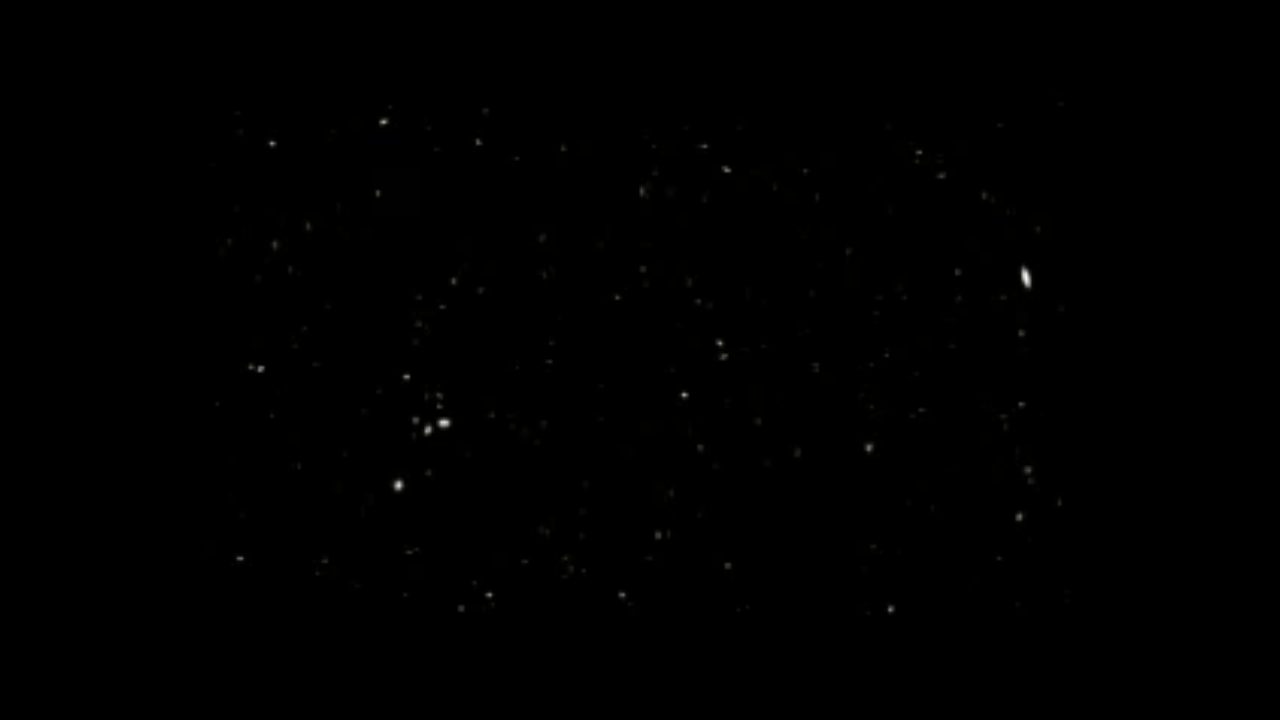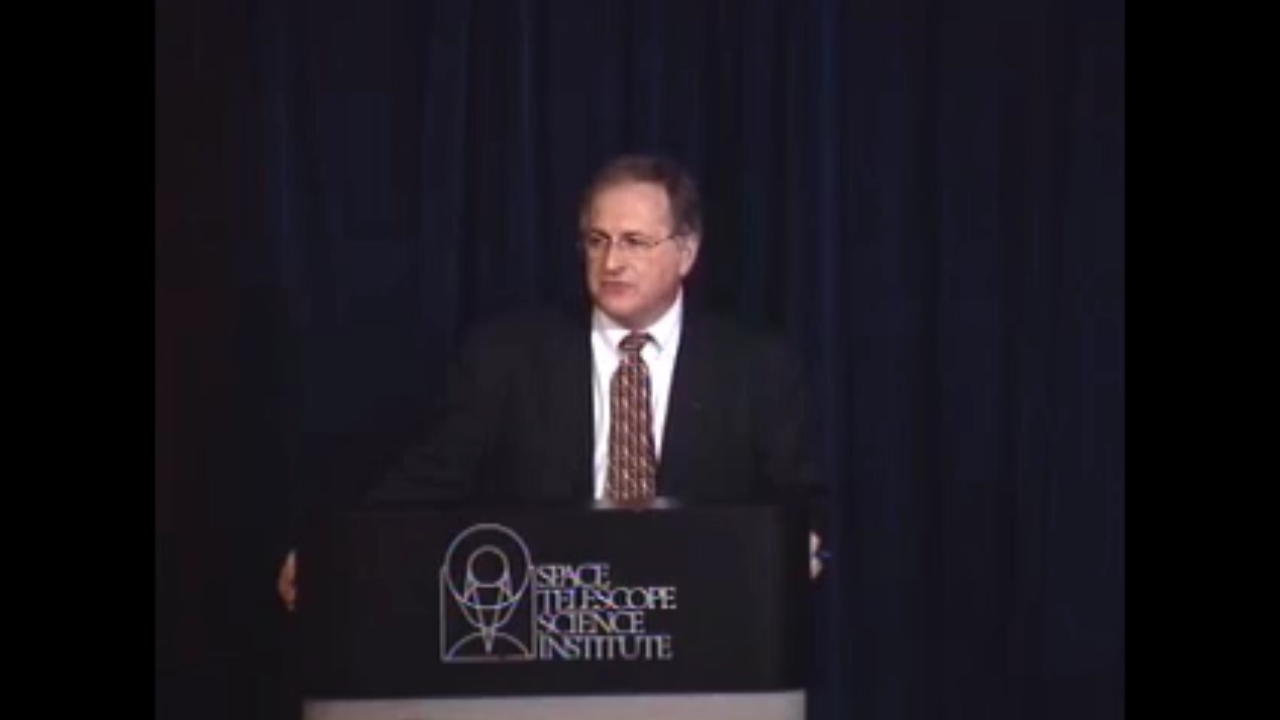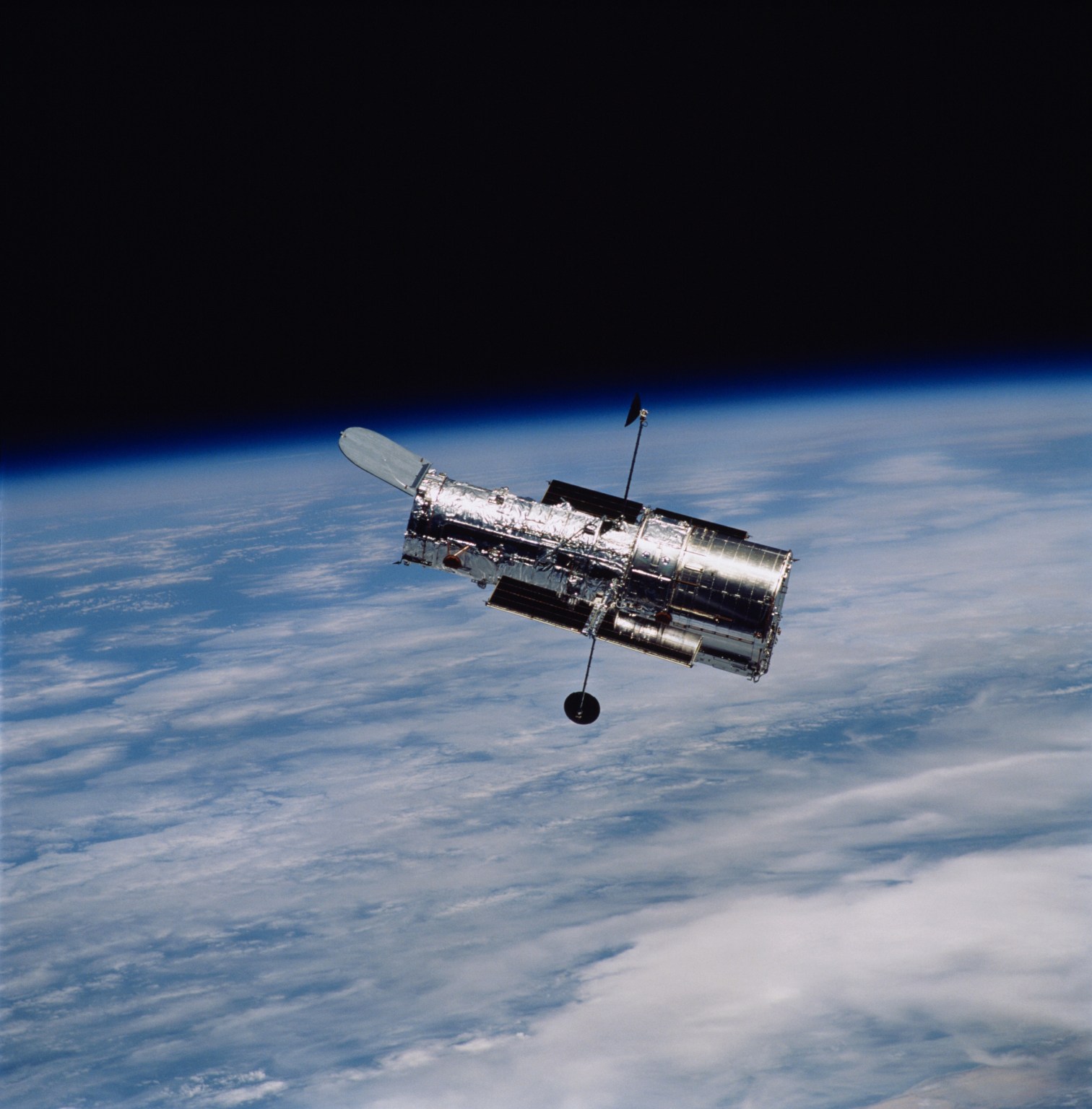1 min read
Comparison of Imaging from the Ground and Space
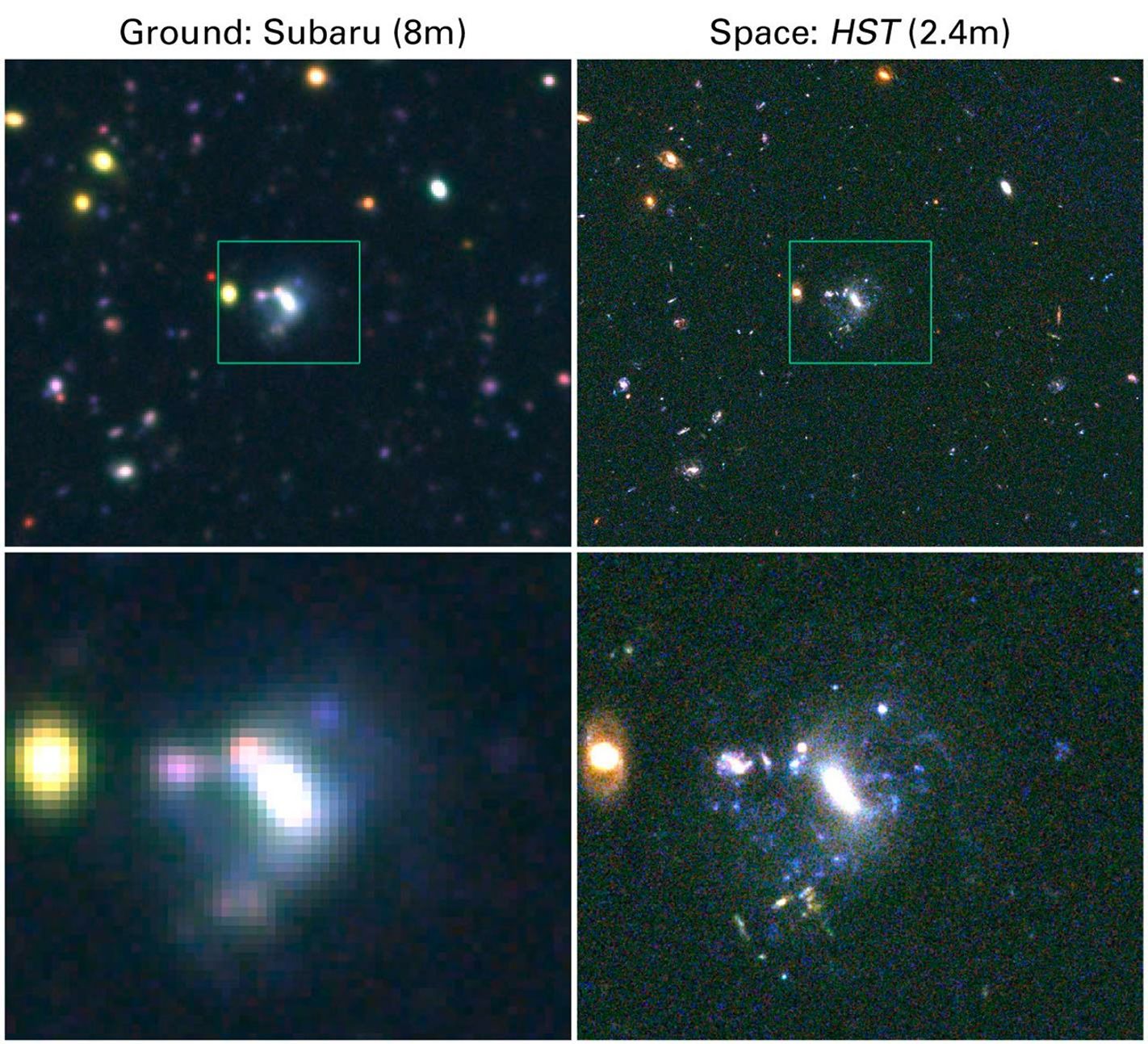
This picture shows a comparison of images of the same region of the sky obtained with the Hubble Space Telescope Advanced Camera for Surveys (right) and the Subaru 8 meter telescope's Supreme camera. The region is an area from the GOODS North field. Both images are color composites obtained by combining three monochromatic images taken through blue, visible and infrared filters.
The "seeing" of an astronomical object is a parameter that measures the sharpness of observations from the ground. The stability of the atmosphere is directly correlated with this parameter. The more stable the atmosphere, the smaller the "seeing," and hence, the sharper the image. The ground image of this region of the GOODS field was obtained during average atmospheric conditions for the Subaru telescope, with a seeing of roughly 0.8 arcseconds. A value of 0.8 arcseconds is typical of what an observer would find during most nights at this telescope. However, the "seeing" can get very good, as low as 0.4 arcseconds. Such nights, unfortunately, are very rare. For comparison, the theoretical "seeing" of the Advanced Camera for Surveys is about 0.08 arcseconds.
- Object NameObject NameA name or catalog number that astronomers use to identify an astronomical object.Hubble Ultra Deep Field, HUDF
- Release DateMarch 9, 2004
- Science ReleaseHubble’s Deepest View Ever of the Universe Unveils Earliest Galaxies
- CreditNASA, Mauro Giavalisco, Lexi Moustakas, Peter Capak, Len Cowie and the GOODS Team.
Related Images & Videos

Hubble Ultra Deep Field Image Reveals Galaxies Galore
Galaxies, galaxies everywhere - as far as NASA's Hubble Space Telescope can see. This view of nearly 10,000 galaxies is the deepest visible-light image of the cosmos. Called the Hubble Ultra Deep Field, this galaxy-studded view represents a "deep" core sample of the universe,...

Hubble Ultra Deep Field Infrared View of Galaxies Billions of Light-Years Away
This infrared view reveals galaxies far, far away that existed long, long ago. Taken by the Near Infrared Camera and Multi-object Spectrometer aboard NASA's Hubble Space Telescope, the image is part of the Hubble Ultra Deep Field survey, the deepest portrait ever taken of the...
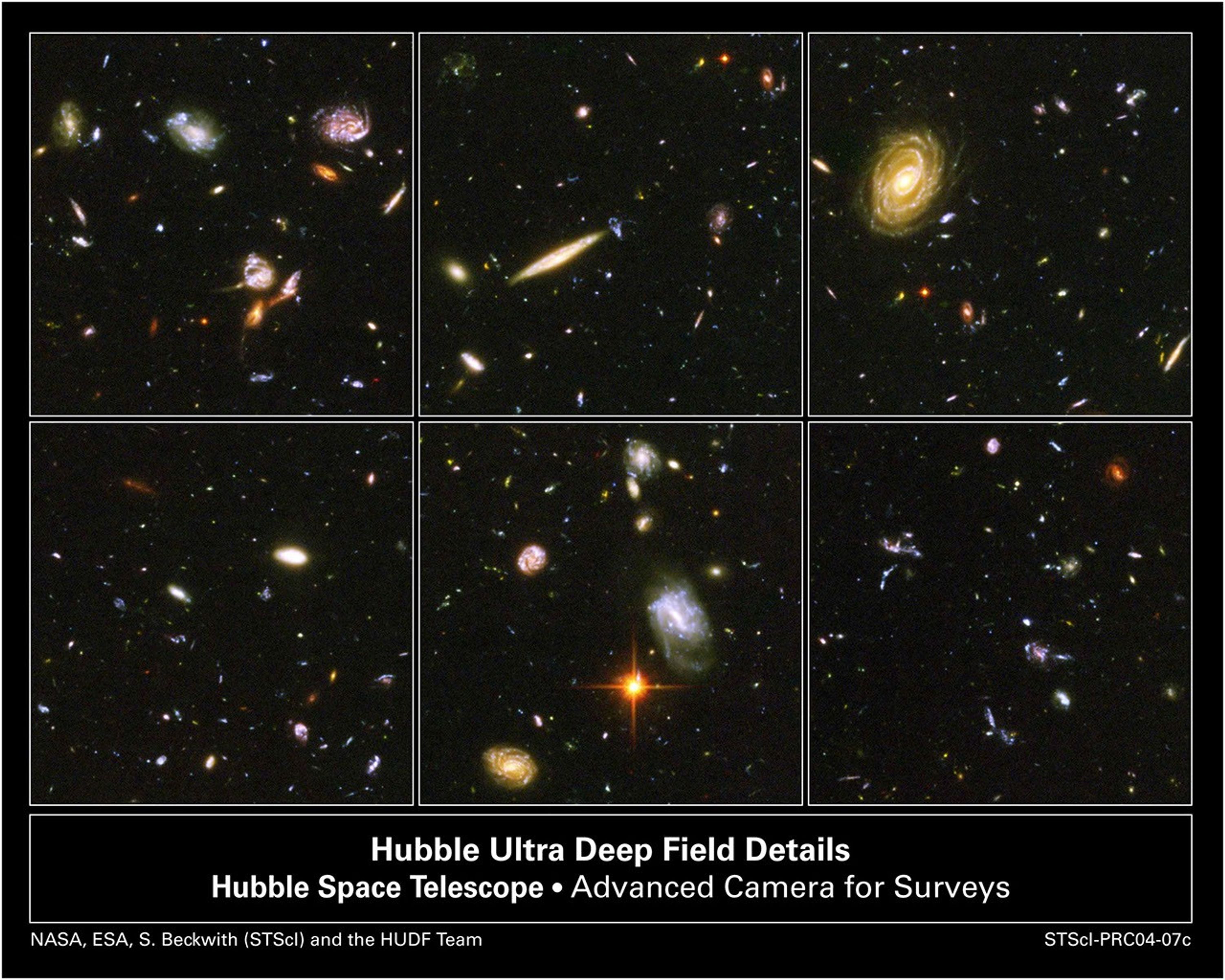
A Sampling of Galaxies From the Hubble Ultra Deep Field Image
A galactic brawl. A close encounter with a spiral galaxy. Blue wisps of galaxies. These close-up snapshots of galaxies in the Hubble Ultra Deep Field reveal the drama of galactic life. Almost every panel shows oddball-shaped galaxies engaged in boxing matches with galactic...
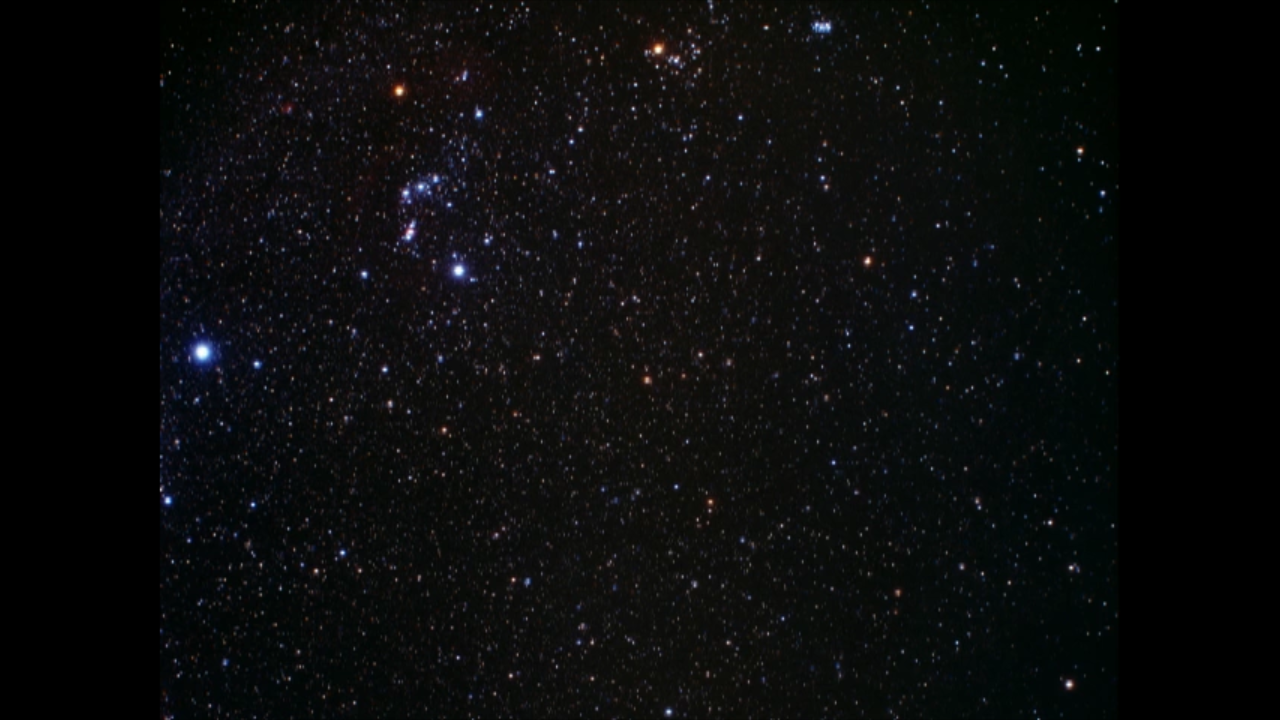
Zoom into Hubble's Advanced Camera for Surveys Ultra Deep Field – Version 1
The establishing shot starts with a very wide view of the sky centered on the Fornax constellation as seen by a photographic camera image taken by Akira Fujii. The image dissolves into the Digitized Sky Survey, through the Hubble GOODS South and ending on the HUDF.
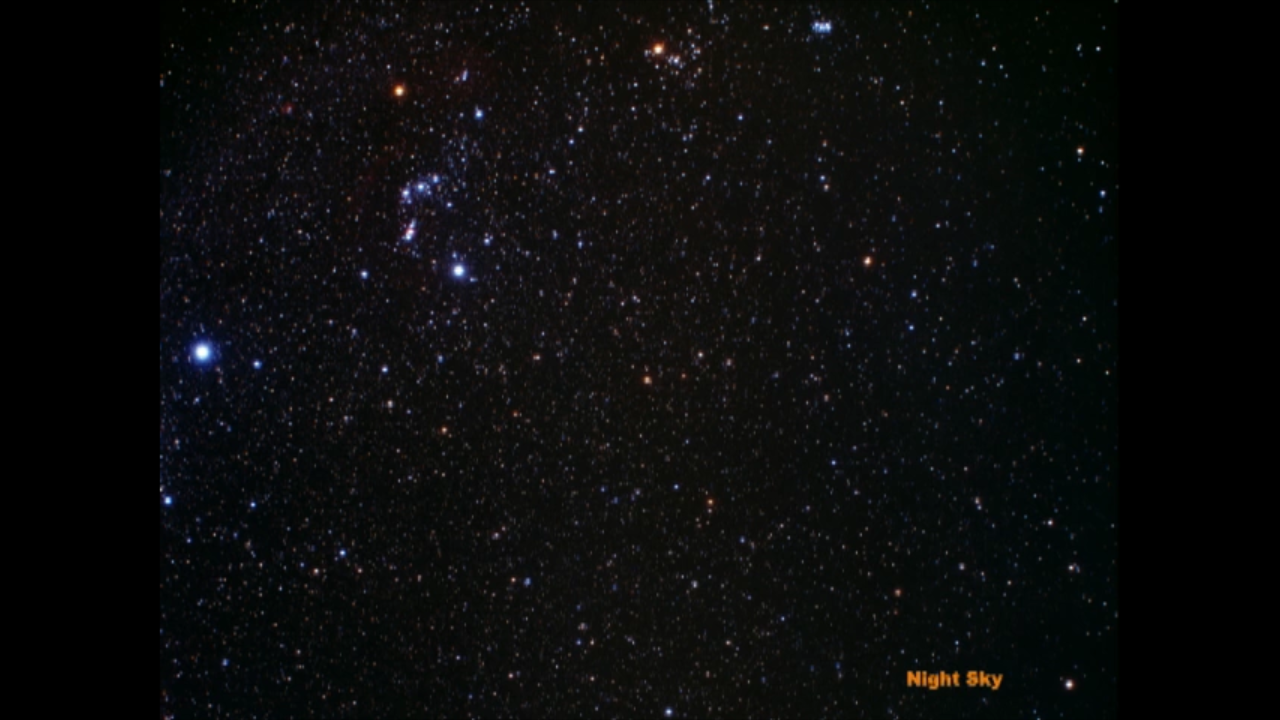
Zoom into Hubble's Advanced Camera for Surveys Ultra Deep Field – Version 2 (Annotated)
The establishing shot starts with a very wide view of the sky as seen by a small ground-based telescope centered on the Fornax constellation. The image dissolves into the Digitized Sky Survey, through the Hubble GOODS South and ending on the HUDF. Constellations and fields are...
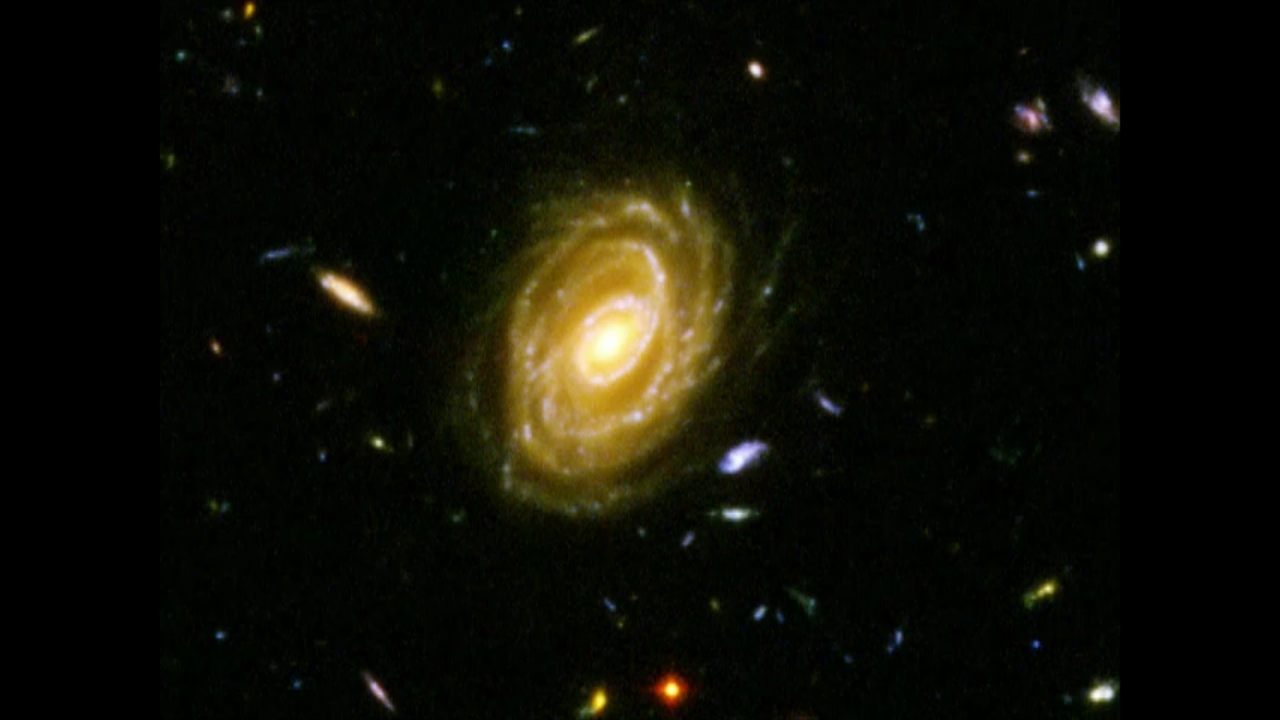
Pan across the Hubble's Advance Camera for Surveys Ultra Deep Field – Version 1
This pan across the Hubble's Advanced Camera for Surveys Ultra Deep Field shows the density of galaxies and morphology of very faint galaxies. This field of view is twice the size and higher in density than the original Hubble Deep Field. Beautiful galaxies are revealed as the...
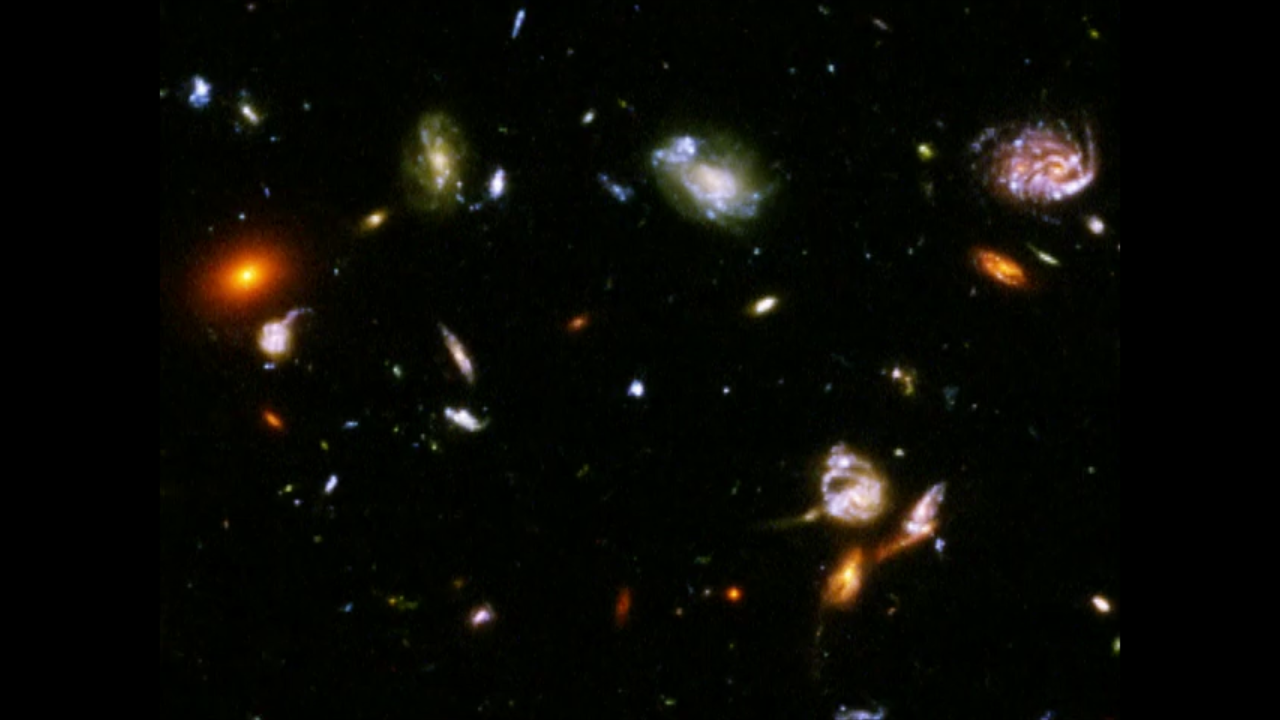
Pan across the Hubble's Advanced Camera for Surveys Ultra Deep Field – Version 2 (longer)
This pan across the Hubble's Advanced Camera for Surveys Ultra Deep Field shows the density of galaxies and morphology of very faint galaxies. This field of view is twice the size and higher in density than the original Hubble Deep Field. Beautiful galaxies are revealed as the...
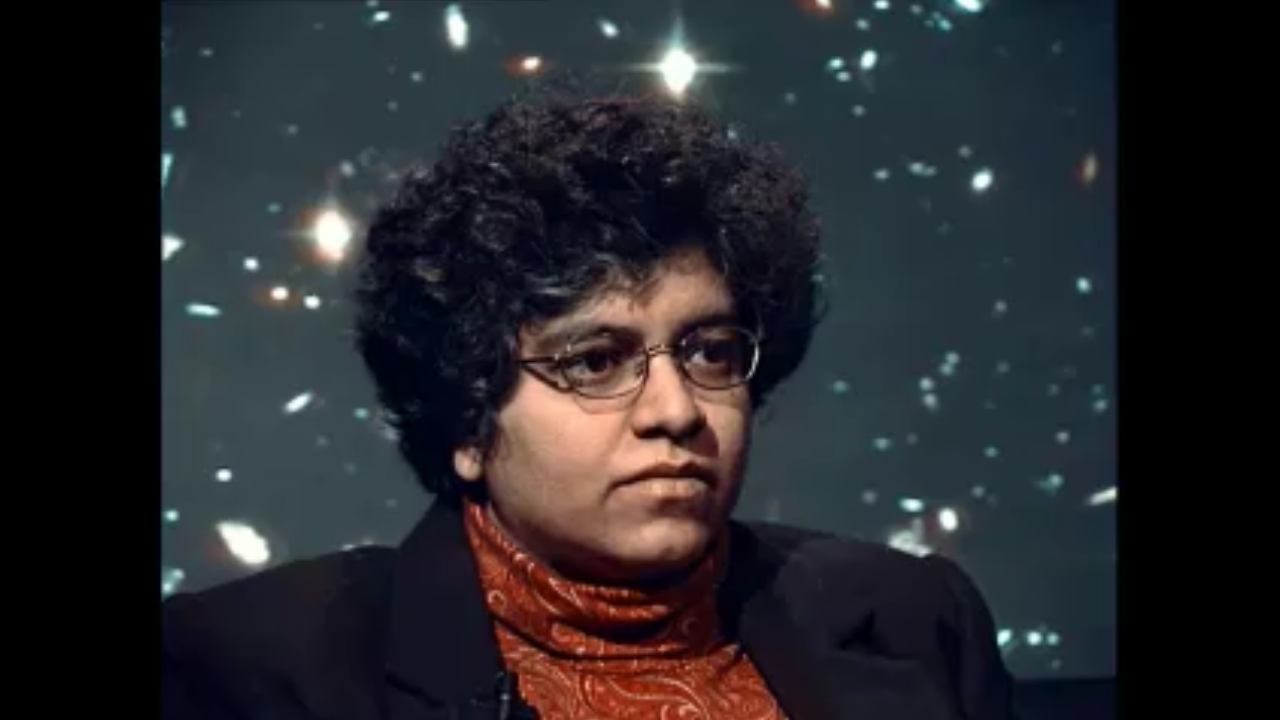
Interview with Sangeeta Malhotra (STScI): Clip 1
Interview segment with Sangeeta Malhotra, Astronomer at the Space Telescope Science Institute. Clip references what the team expects to discover with the Hubble Advanced Camera for Surveys grism follow-up programs, their expectations from ground-based, follow-up programs, and...
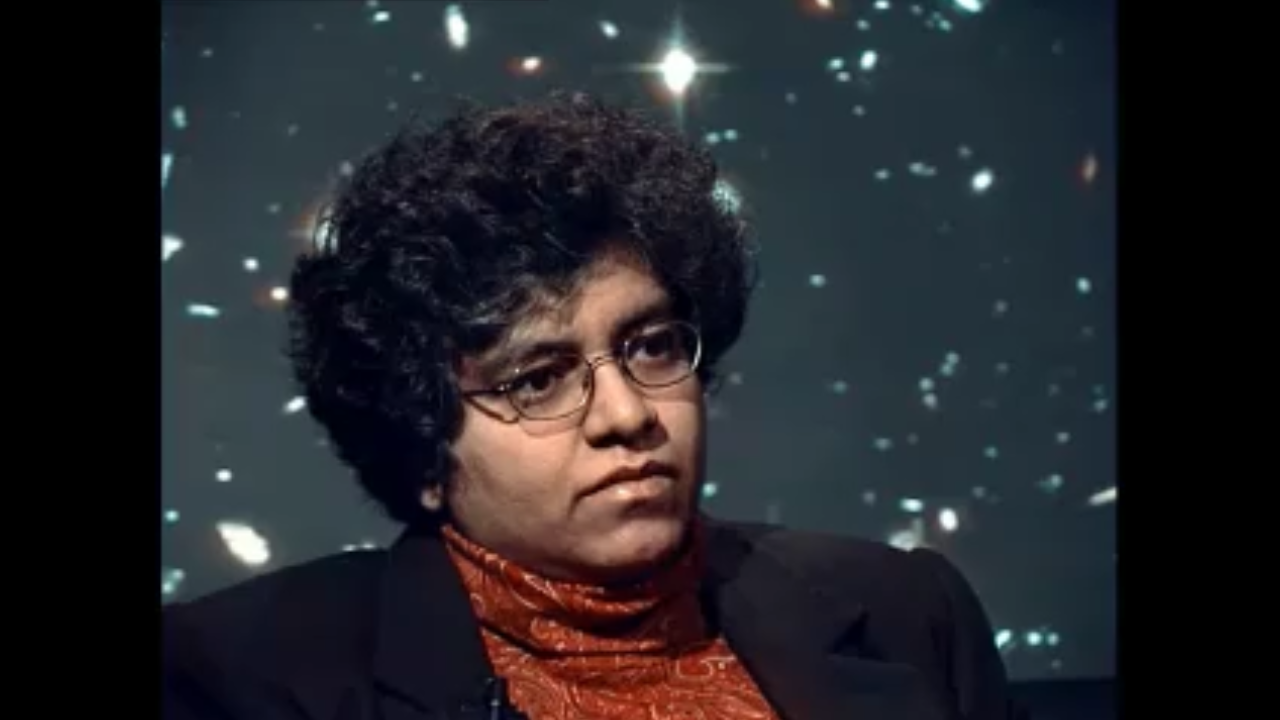
Interview with Sangeeta Malhotra (STScI): Clip 2
Interview segment with Sangeeta Malhotra, Astronomer at the Space Telescope Science Institute. Clip references what the team expects to discover with the Hubble Advanced Camera for Surveys grism follow-up programs, their expectations from ground-based, follow-up programs, and...
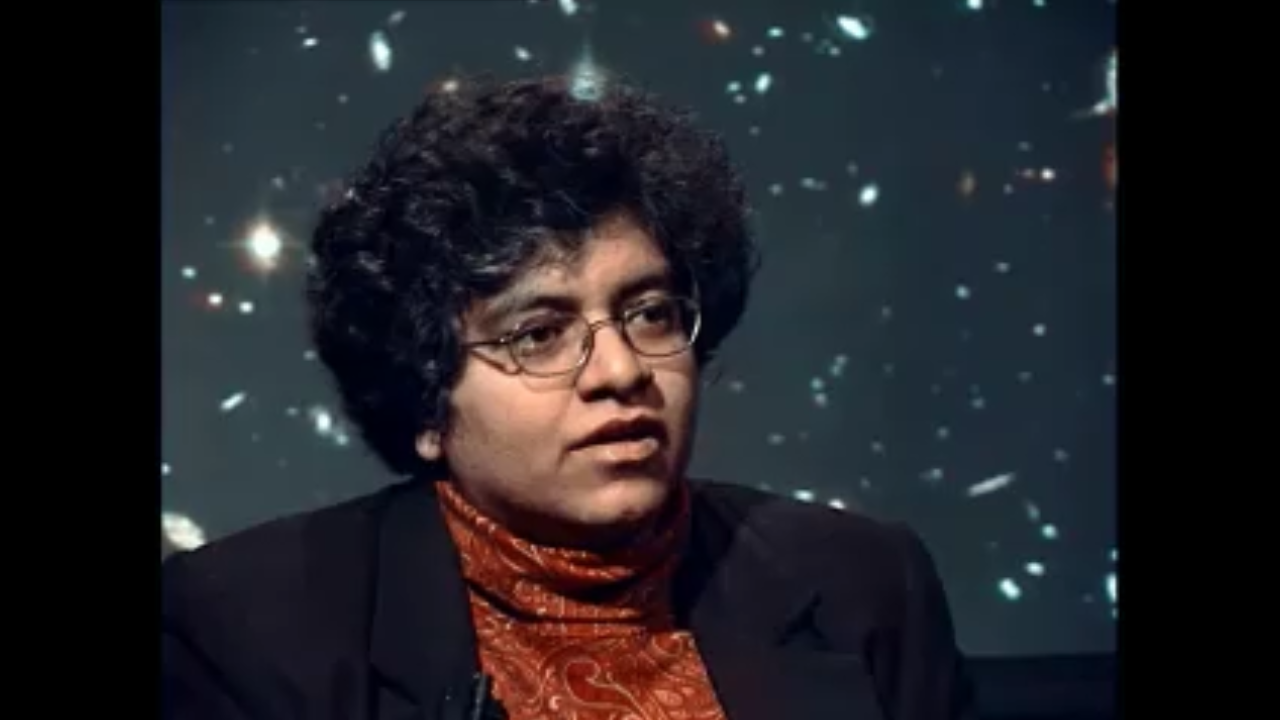
Interview with Sangeeta Malhotra (STScI): Clip 3
Interview segment with Sangeeta Malhotra, Astronomer at the Space Telescope Science Institute. Clip references what the team expects to discover with the Hubble Advanced Camera for Surveys grism follow-up programs, their expectations from ground-based, follow-up programs, and...
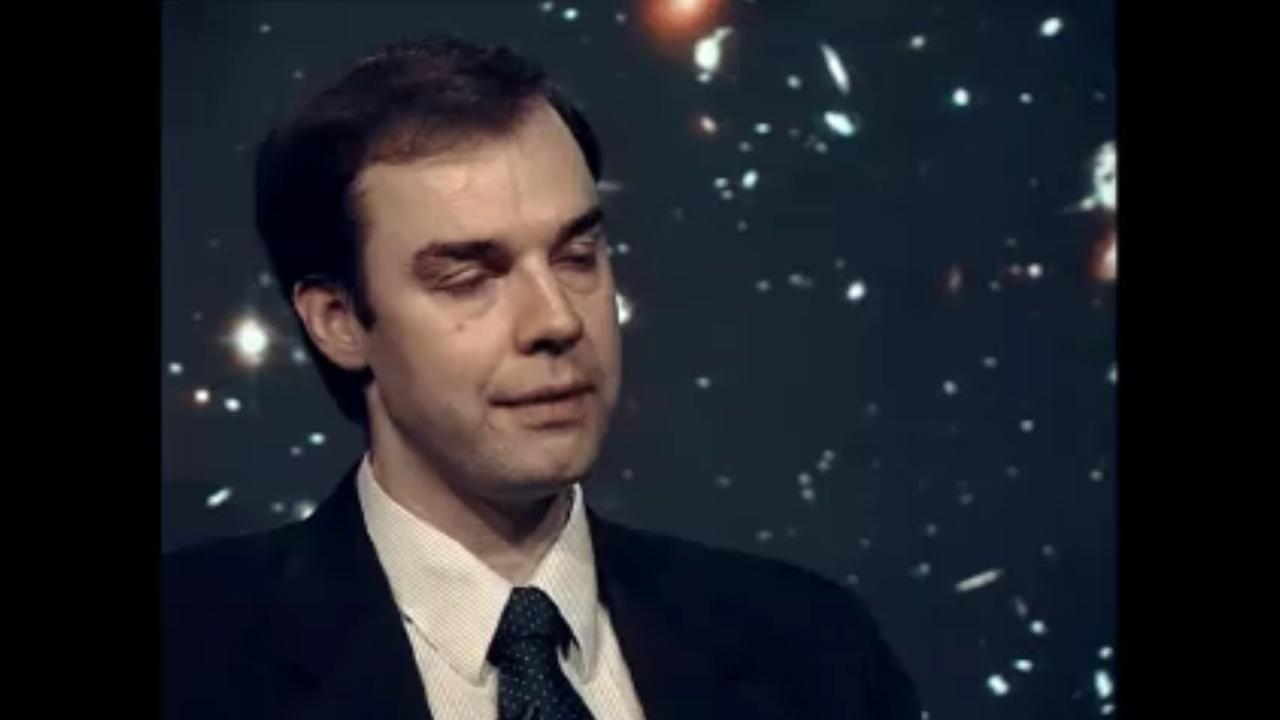
Interview with Anton Koekemoer (STScI): Clip 1
Interview segment with Anton Koekemoer, Astronomer at the Space Telescope Science Institute. Clip references how the Hubble Ultra Deep Field survey compares to other surveys and how the team was able to estimate the redshift of the distant objects identified in these data.
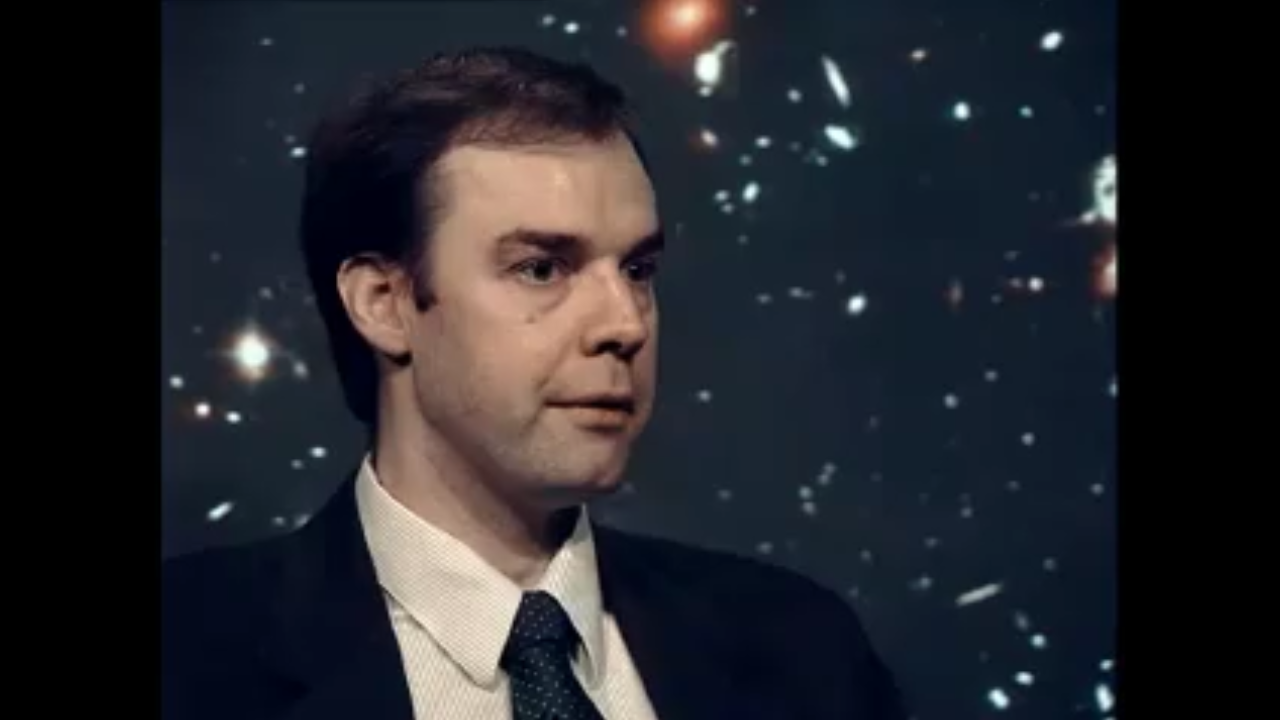
Interview with Anton Koekemoer (STScI): Clip 2
Interview segment with Anton Koekemoer, Astronomer at the Space Telescope Science Institute. Clip references how the Hubble Ultra Deep Field survey compares to other surveys and how the team was able to estimate the redshift of the distant objects identified in these data.
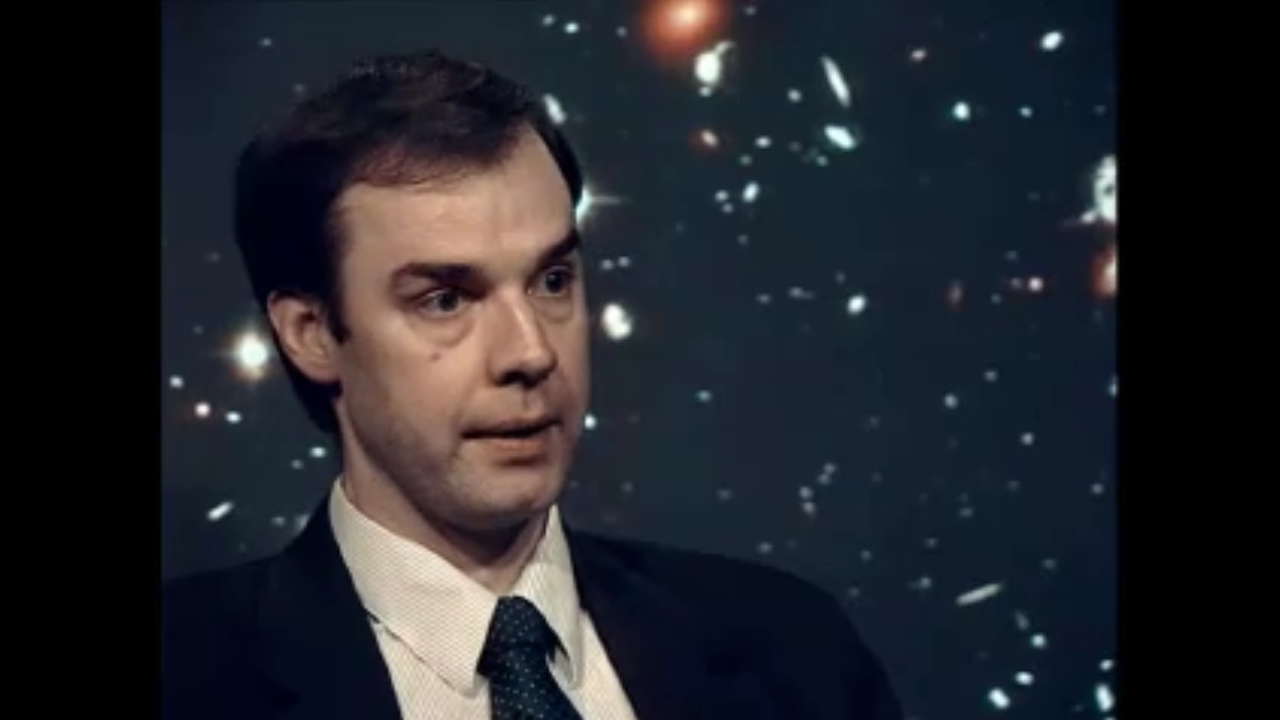
Interview with Anton Koekemoer (STScI): Clip 3
Interview segment with Anton Koekemoer, Astronomer at the Space Telescope Science Institute. Clip references how the Hubble Ultra Deep Field survey compares to other surveys and how the team was able to estimate the redshift of the distant objects identified in these data.
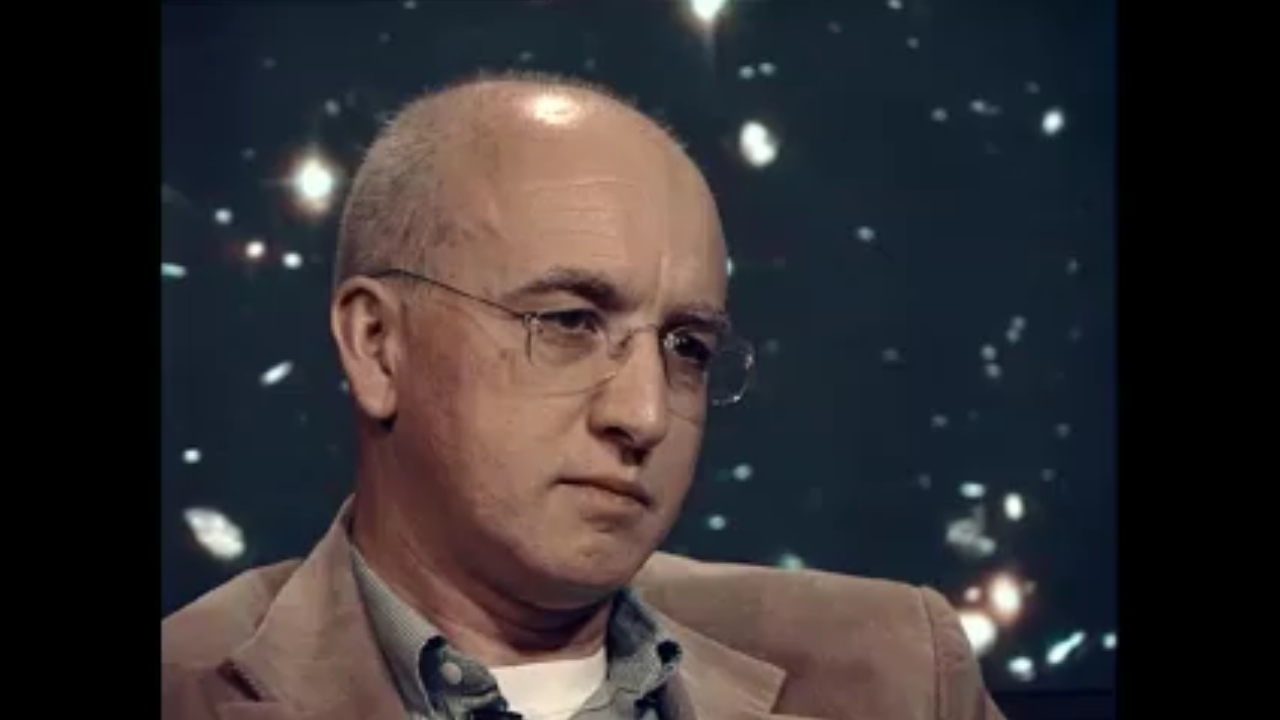
Interview with Massimo Robberto (STScI): Clip 1
Interview segment with Massimo Robberto, Astronomer at the Space Telescope Science Institute. Clip references how the Hubble Near Infrared Camera and Multi-Object Spectrometer data were combined. Comparison of this field to the other Hubble UDF fields and how all these data...
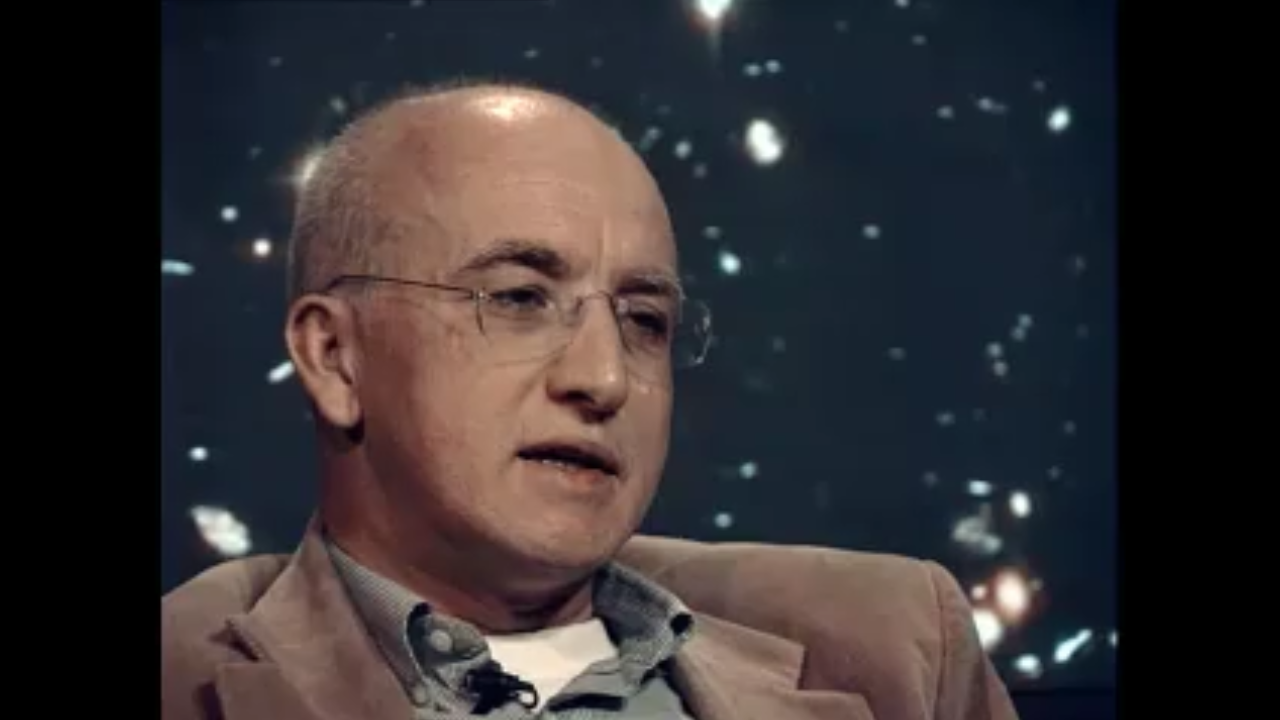
Interview with Massimo Robberto (STScI): Clip 2
Interview segment with Massimo Robberto, Astronomer at the Space Telescope Science Institute. Clip references how the Hubble Near Infrared Camera and Multi-Object Spectrometer data were combined. Comparison of this field to the other Hubble UDF fields and how all these data...
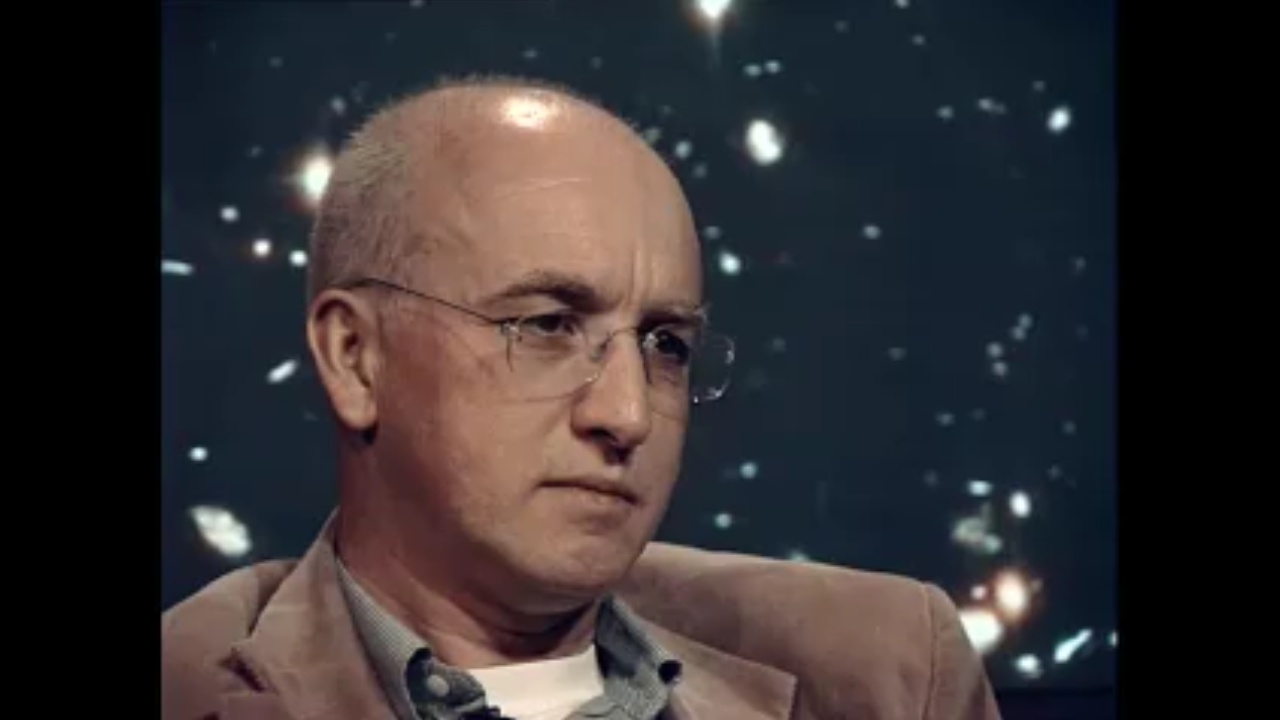
Interview with Massimo Robberto (STScI): Clip 3
Interview segment with Massimo Robberto, Astronomer at the Space Telescope Science Institute. Clip references how the Hubble Near Infrared Camera and Multi-Object Spectrometer data were combined. Comparison of this field to the other Hubble UDF fields and how all these data...
Share
Details
Claire Andreoli
NASA’s Goddard Space Flight Center
Greenbelt, Maryland
claire.andreoli@nasa.gov

